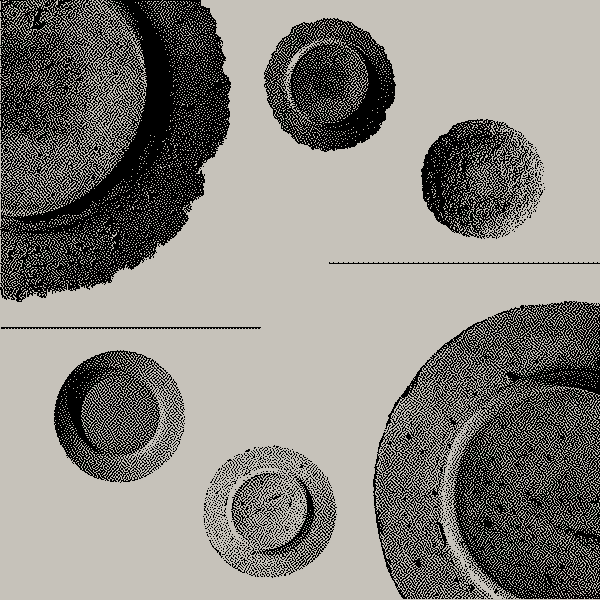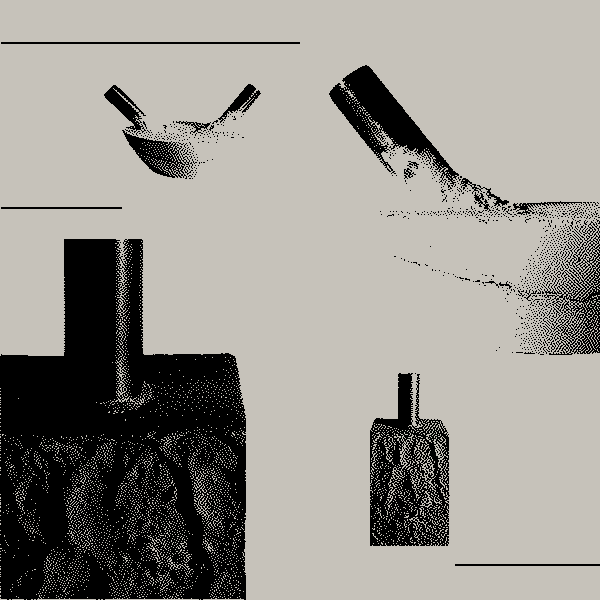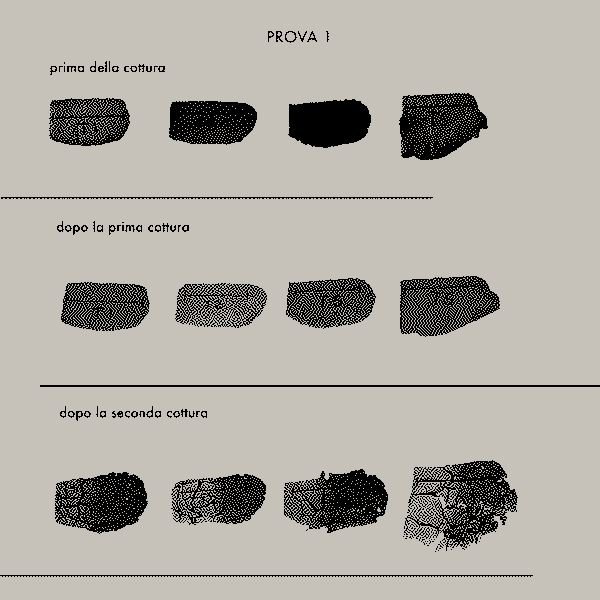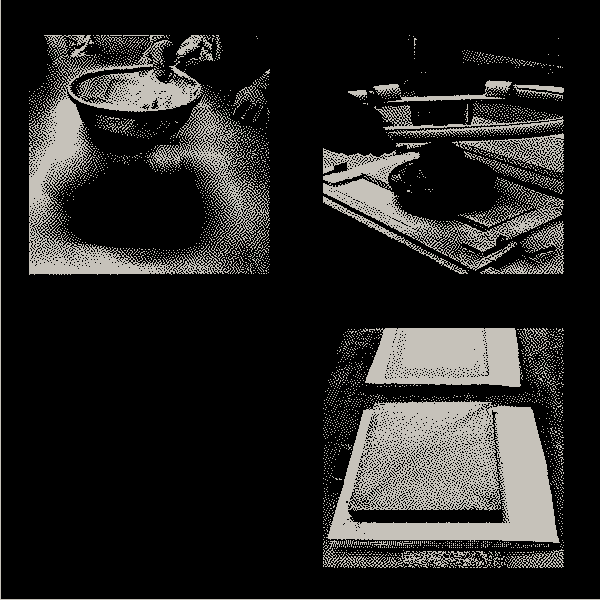Accademia di Belle Arti "Pietro Vannucci" di Perugia
Website link
The historical importance of the ‘Pietro Vannucci’ Academy of Fine Arts in Perugia is underlined by the dates and personalities that have given life to this institution over the centuries. In fact, its origins go back a long way in time. It was founded in the spring of 1573, eleven years after the birth of the first Academy in Italy, that of Florence.
This is attested by the Principio dell’Academia del Dissegno (Principle of the Academy of Drawing), preserved in manuscript form in the Augusta Library in Perugia, which describes ‘a vertuous group of painters and architects’, led by the painter Orazio Alfani and the architect-mathematician Raffaello Sozi, who, emulating the similar institution founded in Florence by Cosimo I de’ Medici, decided to meet regularly to “discuss the excellence of drawing, so that one can then easily become familiar with Painting, Sculpture, Architecture, Perspective, Fortifications and all the other parts that are behind drawing”.
In 1791, the first Constitution drafted by the director Baldassarre Orsini, a pupil of Raphael Mengs, was printed, modelled on that of the Roman Academy of St. Luke, which was renewed and strengthened several times. However, the great modernisation of the Institute was carried out around 1820 by Tommaso Minardi, a pupil of Antonio Canova, director and teacher of Painting, who reorganised the neoclassically renamed Academy of Fine Arts from a didactic and administrative point of view, giving it the character of a public educational institution and flanking the school with a museum containing examples of ancient and modern art and a rich library, as well as instituting scholarships to give deserving young people the opportunity to perfect their studies in other Italian cities, especially Rome.
Its teaching activity in the 19th century was a guide and example to the arts not only in Umbria, and saw notable protagonists in the fields of art history and architecture, such as Baldassarre Orsini, Carlo Labruzzi, Guglielmo Calderini and Silvestro Valeri, work within it. After various relocations (first to the Alessian Oratory of Sant’Angelo della Pace in Porta Sole and then to the former Vanvitellian Convent of Montemorcino Nuovo), the Academy found its definitive home at the beginning of the 20th century, in the former Convent of San Francesco al Prato, where it preserves a historical and artistic heritage of inestimable value, in which the library (comprising almost 17. 000 bibliographic units), the gipsoteca (comprising original plaster casts of works by Luca Della Robbia, Michelangelo Buonarroti and Antonio Canova), the drawing cabinet (including, among others, extraordinary graphic works by Giovan Battista Piranesi and Jean-Baptiste Wicar) and the painting gallery (comprising paintings ranging from Carl Christian Vogel von Vogelstein to Alberto Burri).
At the beginning of the new century, by now firmly organised, the Academy not only maintained its function by counting authoritative masters such as Pietro Angelini, Gerardo Dottori and Arturo Checchi, but was also able to start a special school: the School of Industrial Art, institutionally distinct even though annexed to the Academy, which, in 1923, would give rise to the ‘Bernardino di Betto’ Art Institute, which was officially recognised in 1928. The Perugia Academy only obtained the status of state academies in 1940 with Royal Decree no. 1086 of 25 June.
As one of the city’s major cultural institutes, it has now secured an organic administrative-didactic structure and, thanks to funding from the Municipality and the Province of Perugia, it currently performs an important and precise function for which it is already undergoing a process of enhancement and valorisation in order to be able to carry out its work with fruitful results.
The Academy, as an Institution of Higher Artistic Education, is placed under the aegis of the Ministry of University and Research of the Italian State. Its educational offerings are divided into different areas of study, according to two departments: the Department of Visual Arts and the Department of Design and Applied Arts with recently established study addresses dedicated to sustainable product design, Graphic design and Brand design, Fashion design, Scenography, Photography and video, Cinema and audiovisual, Character design and gaming.
Institute's projects
 11kB
11kB 14kB
14kB 12kB
12kB 11kB
11kB 14kB
14kB








